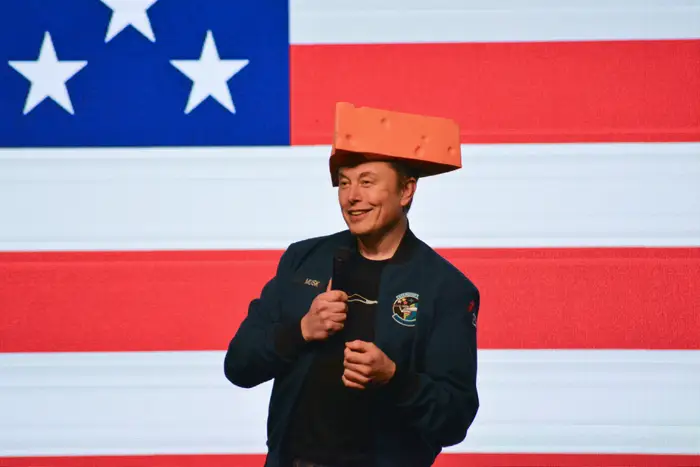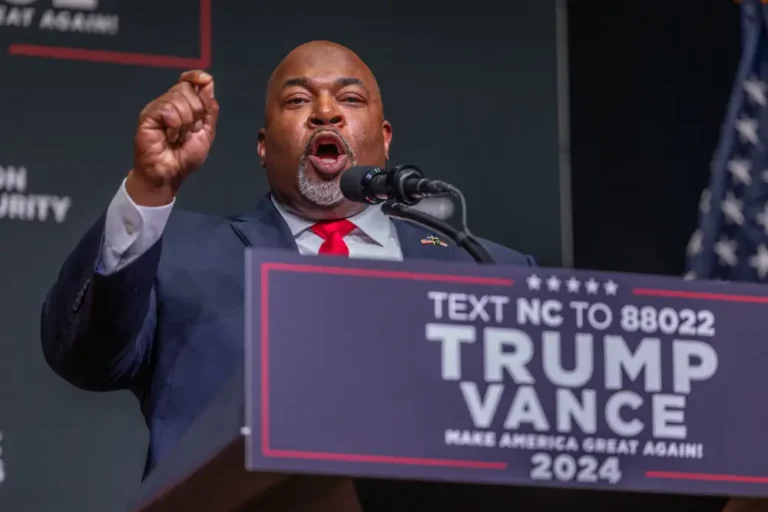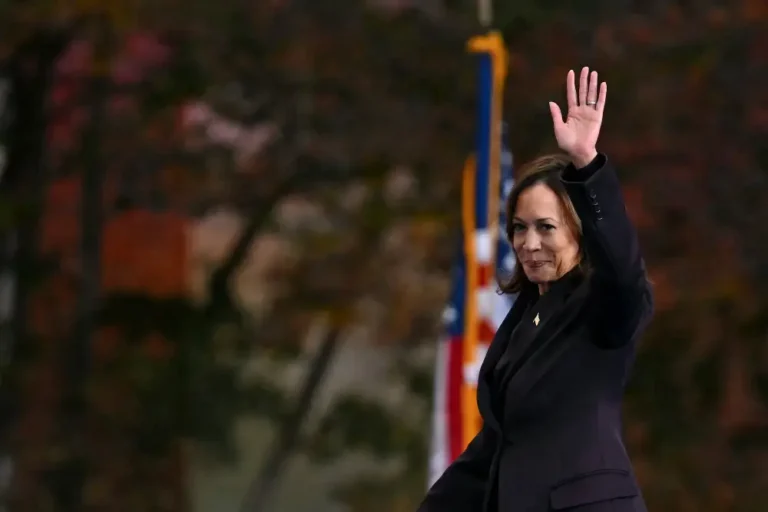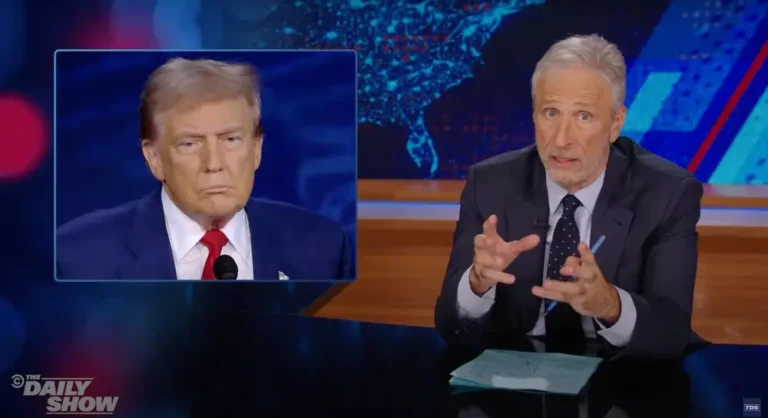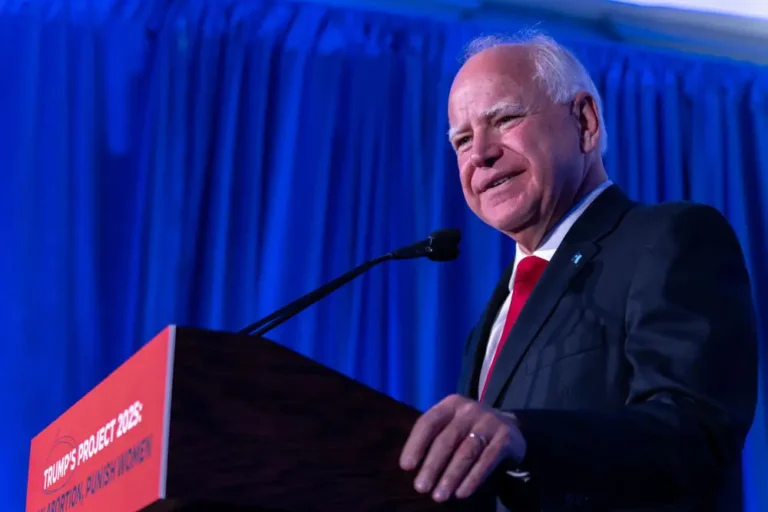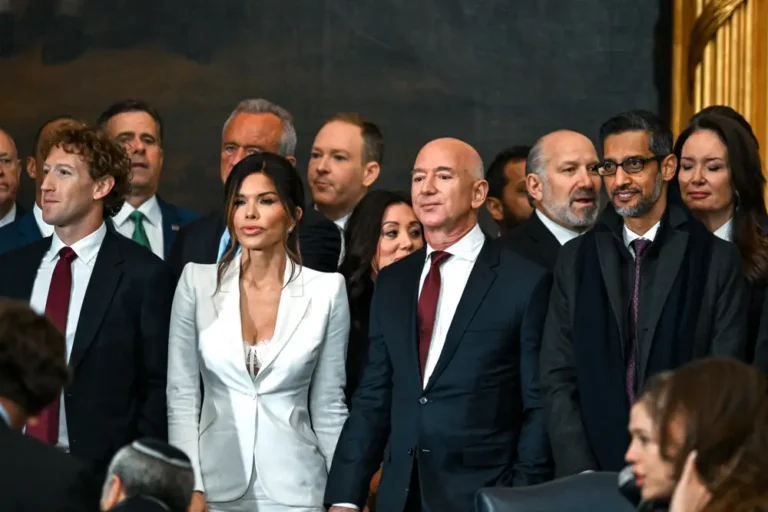Ex-Secret Service special agents explain why counter-sniper who saved Trump’s life may have lost crucial seconds

The Secret Service counter-sniper who narrowly saved the life of former President Donald Trump may have lost crucial seconds due to a number of factors, including the extreme heat, a lack of anti-sniper backup, and a likely focus on a nearby treeline, a former special agent told B-17.
“This counter-sniper made an amazingly quick decision and clearly saved Trump’s life,” said Bill Pickle, the former special agent in charge of Al Gore’s vice-presidential Secret Service detail.
“Our guys are the best shots in the world. That’s what they do,” Pickle said.
“And within a second of the moment this kid opened fire, the CS guy shot him,” he said, using Secret Service shorthand for the counter-sniper deployed at Saturday night’s rally in Butler, Pennsylvania.
“But someone will blame that CS and the spotter, and say, ‘If only he had been two seconds faster in spotting the shooter,'” the former special agent said.
“The real question may be, if there were more anti-sniper eyes on that building, could this have all been avoided.”
How did the counter-sniper team not see the shooting suspect sooner?
Pickle said one area of focus for investigators will be how the shooter managed to get on top of the building without authorities taking notice.
“The other question is, why wasn’t this roof secured, and were there agents or law enforcement in there checking IDs?” he added.
“How did this kid figure out a way to get out on the rooftop and slither across that rooftop?” Pickle said. “He low-crawled across the roof on his hands and knees, and he pushed the weapon ahead of him just like in the military.”
But even if they had seen the shooting suspect more quickly, counter-snipers may not always have the ability to act immediately when they spot a threat, according to Anthony Cangelosi, a former special agent who directed the Secret Service’s technical security advances for presidential candidates.
“You either have to make a decision: ‘Do I take a shot? Or do I not take a shot?'” Cangelosi told B-17.
“What if you find out, ‘Oh, I just killed a 20-year-old kid who loves the protectee, and he couldn’t get in the venue, and he just wanted to get up on that roof?’ No one wants to be in that position,” Cangelosi said.
Cangelosi said the Secret Service team at the event should have a “site plan” that would include a layout of the area and the surrounding buildings.
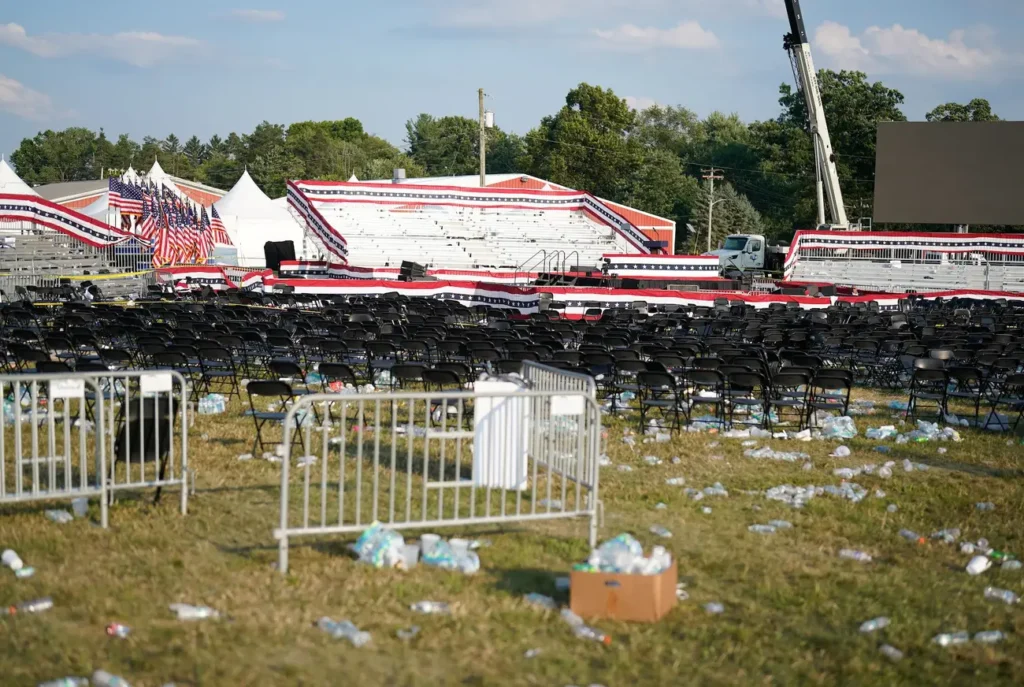
The shooter was perched on a rooftop some 150 yards from the stage at the campaign rally in Butler, Pennsylvania.
The would-be assassin fired at least three rounds from a rooftop 150 yards from where Trump was speaking. He killed one rally-goer and critically injured two others before being shot dead by a yet-identified Secret Service counter-sniper, who was positioned on another rooftop.
One bullet grazed Trump’s right ear, bloodying his face.
“This kid, at 150 yards, made a great shot,” Pickle said Sunday of the would-be assassin, his voice grim. “I don’t know the specifics of whether he used optics, meaning a scope on his rifle,” he told us.
“But even with optics, it takes somebody with training to aim at somebody’s head from 150 yards away, and you actually hit the edge of the head,” he said.
“That’s not a lucky shot. That’s a guy who actually shot before.”
The FBI identified the shooter as 20-year-old Thomas Matthew Crooks of Bethel Park, Pennsylvania. The FBI said they are still investigating a motive.
But for now, it’s clear that at least three things may have factored into the several-second delay between when Crooks was seen crawling onto the roof and when the CS team saw and shot him, Pickle said.
The decision on how many anti-snipers to deploy may prove the most critical factor, he said.
“Someone made a decision that that number of counter-snipers was sufficient,” he said. “And obviously, in hindsight, they were wrong because there was a kid who was able to get up there on that rooftop and pull the trigger three times at least.”
How many CS teams were deployed?
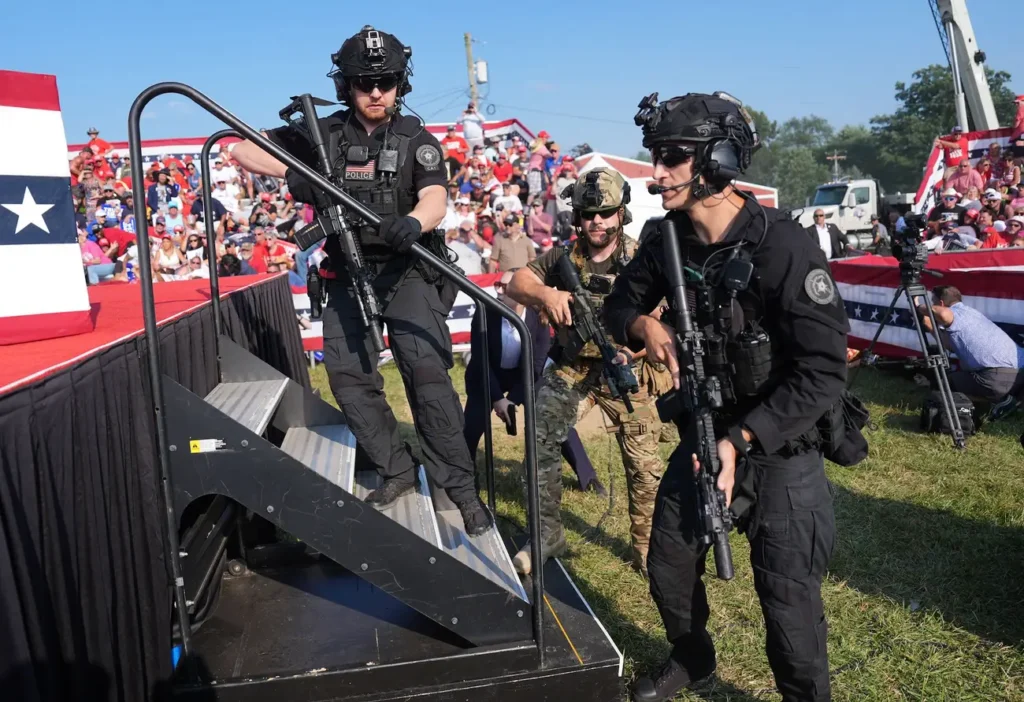
The Secret Service has advance teams that scope out sites and make staffing recommendations ahead of major events, one expert said
“But if they’re stretched for resources, headquarters can say we can only get you one team out there. And that’s not unusual — if you don’t have it, you don’t have it,” Pickle said.
“It always boils down to resources,” he said. “And if it’s not a resource problem, and the money was there, then it’s still an allocation of resources problem,” he said — meaning someone underestimated the manpower needed to keep Trump safe.
Regardless of how many snipers were present, the Secret Service would typically have “360-degree coverage” of an event where a sitting or former president is speaking, Cangelosi said.
Other factors include the weather.
“The CS guys would probably say we were up there for four hours in 100-degree heat, and if we had another team up here or drone support this wouldn’t have happened,” Pickle said.
The team may also have been focusing on a nearby tree line, seeing it as the primary risk.
“You’re looking at everything that would hide a potential assassin,” Pickle said.
“The first assumption is that if I’m a bad guy, I’m going to hide. Human nature is such that I’m going to be scanning the rooftops, to make sure they’re empty, but then I’m going to be focusing on that tree line because you think the bad guy is going to be hidden,” Pickle said.
“You don’t think the bad guy is going to be out in the open,” he said.
Inter-agency squabbles and intense public scrutiny are forthcoming
Once the would-be assassin opened fire, “everything that happened up there was textbook and the way it should have happened,” Pickle said. The CS team returned fire, long-gun-toting counter-assault agents in black jumpsuits and helmets rushed the stage, and business-suited agents on the rally platform hurried Trump off stage.
“But why wasn’t he identified seconds sooner?” Pickle asked of the shooter.
“Was it caused by exhaustion from being on a 100-degree roof for four hours? Was the CS team watching the heavy foliage there, which arguably was the best place to hide?” he asked.
“An open roof is not the best place to hide. If he climbed out onto an open rooftop, he was prepared to die,” he added.
“The worst nightmare for the Secret Service has always been a lone gunman who hasn’t been announcing his views publicly and is ready to die.”
Pickle said Saturday’s incident will be dissected for years to come and “will be in the training syllabus forever.”
“It’s going to be a circular firing squad,” Pickle predicted of the inter-agency finger-pointing and conspiracy theories that will play out as the attempted assassination is scrutinized by the FBI, Congress, and the press and public.
“This thing will be dissected for years, and it will be in the training syllabus forever,” he said.
Cangelosi told us that “a lot of people talk and things just travel” within the agency after an event of this magnitude.
“We all want answers, and we want them as quickly as possible, but it’s it’s going to take some time,” Cangelosi said. “You know the Secret Service; they’re professionals. Mistakes are made, they’re going to remedy them.”

